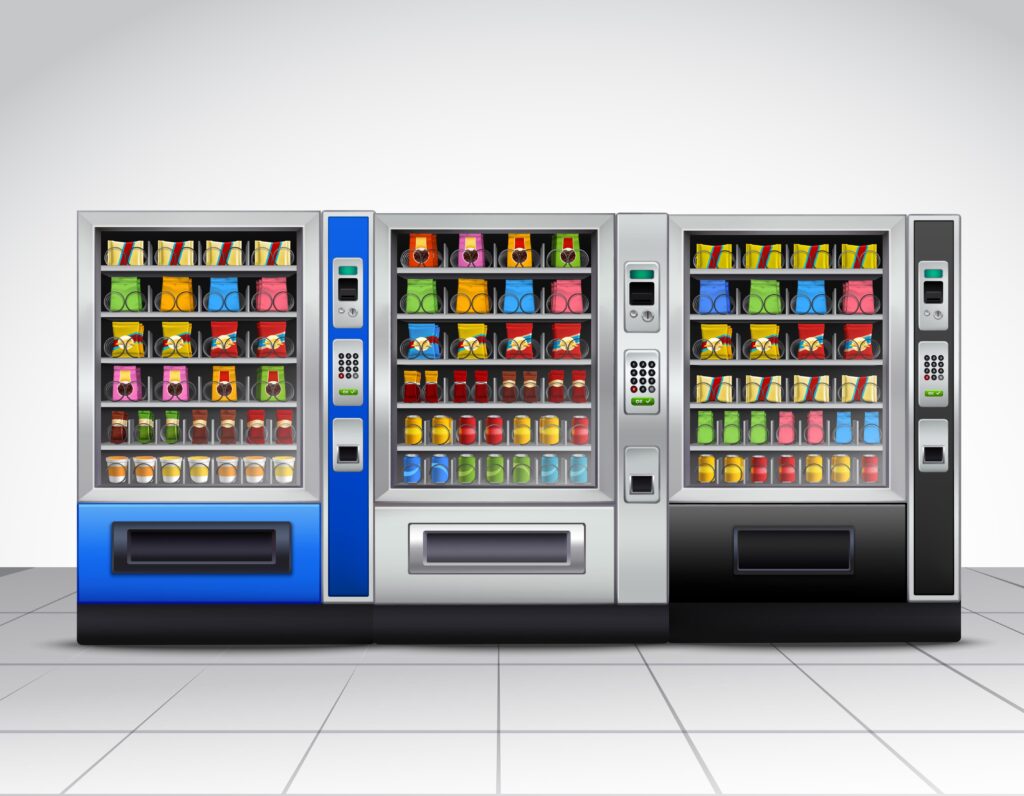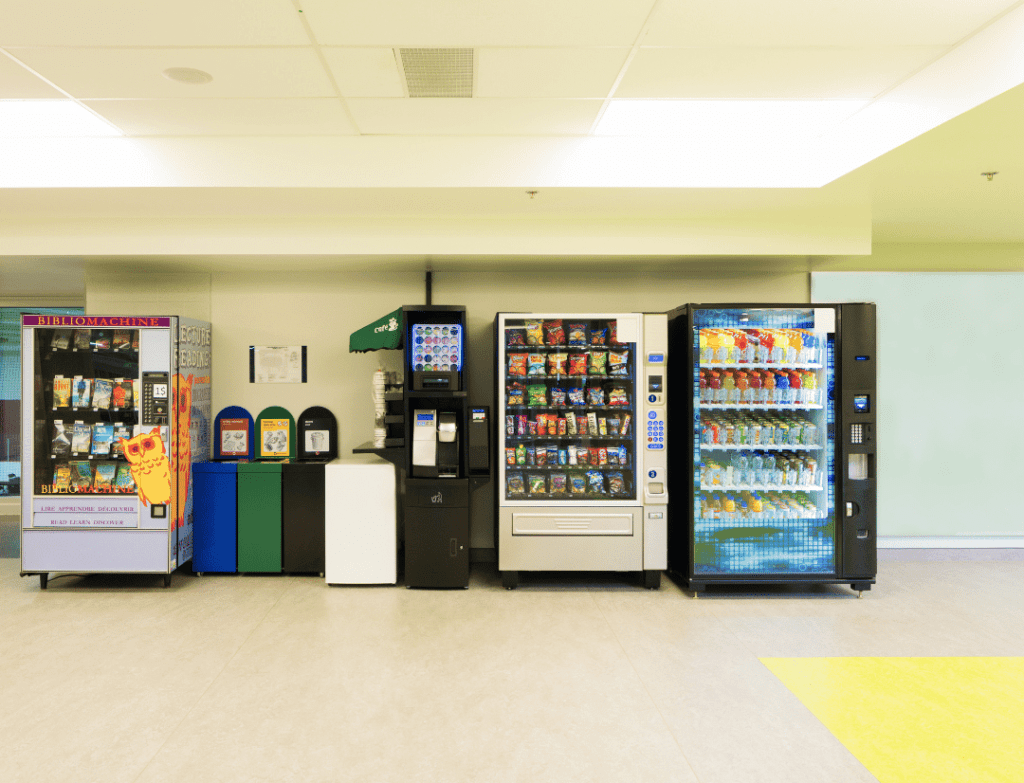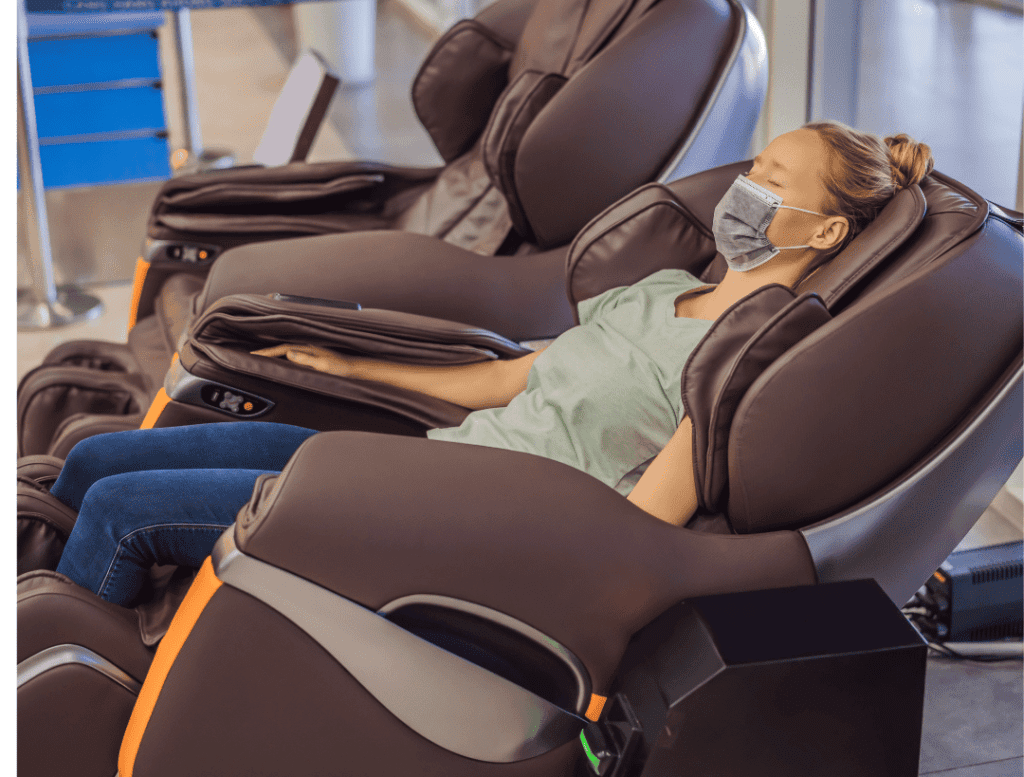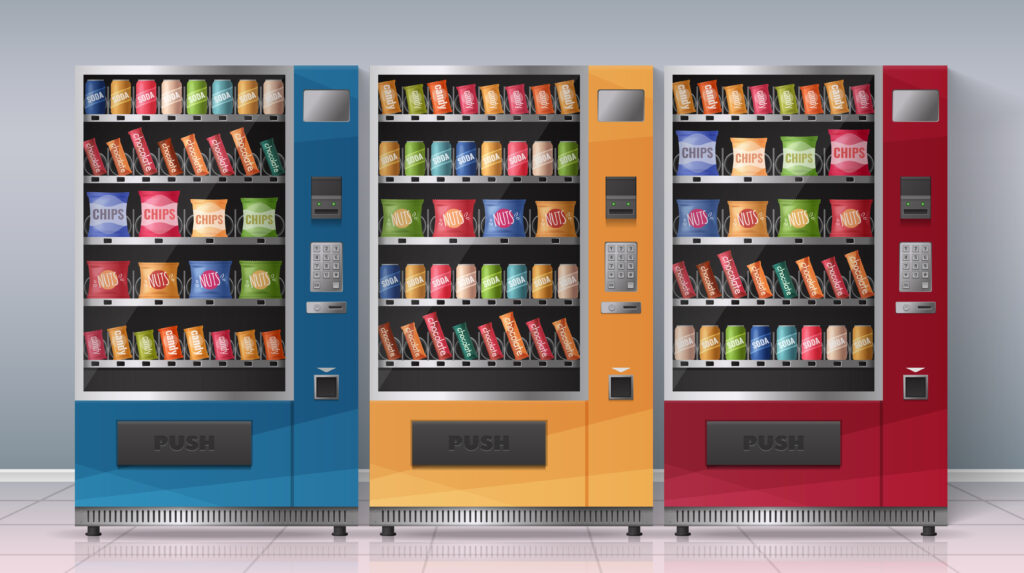L'analisi finanziaria a breve termine rivela lo slancio, l'adattabilità e l'esposizione al rischio di un'azienda. Mentre le istantanee annuali non rilevano i cambiamenti strutturali, un orizzonte temporale di due anni bilancia la recenza con la convalida dei trend. La valutazione delle performance nell'arco di due esercizi fiscali consente di ottenere informazioni fruibili su redditività, efficienza, liquidità ed evoluzione della struttura del capitale. Quadro analitico: metriche chiave monitorate nel tempo. Un'analisi biennale deve dare priorità alla comparabilità.
Archivio Categoria: Business Planning & Strategy
Guide su come strutturare finanziariamente le aziende per favorire crescita e stabilità.
Un'impresa di pulizia piscine opera con un modello di servizio ricorrente ad alta fidelizzazione, in cui la redditività dipende dalla densità dei percorsi, dall'efficienza dei tecnici e dalla fatturazione mensile contrattuale. Con basse spese in conto capitale e scorte minime, il modello genera un solido flusso di cassa quando strutturato su cluster geografici, upsell di servizi aggiuntivi e una programmazione rigorosa. Il profitto si ottiene attraverso volumi ripetuti e controllo della manodopera.
Un'attività di distribuzione automatica è uno dei modi più efficienti in termini di capitale per generare reddito ricorrente e semi-passivo. Con bassi costi generali, un fabbisogno di personale minimo e un'economia unitaria scalabile, gli operatori di successo possono costruire portafogli di micro-vendita al dettaglio altamente redditizi. Tuttavia, il reddito effettivo varia notevolmente a seconda della qualità della posizione, del mix di prodotti e dell'efficienza del percorso. Questa analisi analizza esattamente quanto
Un'attività di distribuzione automatica opera in un formato di vendita al dettaglio semi-passivo ad alto margine, in cui la redditività dipende dalla velocità di vendita degli SKU, dalla qualità della posizione e dall'efficienza del rifornimento. Con un basso fabbisogno di manodopera e un potenziale di fatturato 24 ore su 24, 7 giorni su 7, il modello è ideale per le zone ad alto traffico, a condizione che gli operatori mantengano uno stretto controllo del costo delle merci vendute, minime rotture di stock e una gestione centralizzata dei percorsi. Il profitto non deriva dal volume, ma
Una lavanderia opera in un segmento basato sulla ripetizione dei servizi e sulla localizzazione, in cui la redditività dipende dalla produttività delle macchine, dalla disciplina dei prezzi di carico e dal controllo dei costi delle utenze. Sebbene le spese in conto capitale siano relativamente elevate a causa dell'investimento in attrezzature, il modello si espande in modo efficiente attraverso il self-service, il drop-off e offerte a valore aggiunto come la stiratura o la consegna a domicilio. Il profitto è determinato dall'utilizzo orario delle macchine, non dal cliente.
Un'attività di macchine a gancio opera come un modello di intrattenimento a basso CapEx e a reddito passivo, in cui la redditività dipende dal volume di piazzamento, dai costi di approvvigionamento dei premi e dalla calibrazione del ciclo di pagamento. I margini sono strutturalmente elevati grazie al basso costo delle merci vendute e al minimo fabbisogno di manodopera, ma il successo dipende dalla densità di traffico pedonale, dal tempo di attività delle macchine e dalla disciplina di manutenzione. Il modello è scalabile attraverso la replicazione delle unità, non
Un'attività di vendita di poltrone massaggianti opera all'intersezione tra il leasing al dettaglio e la distribuzione di micro-servizi, dove la redditività dipende dal traffico pedonale della sede, dall'efficienza dei tempi di attività e dal fatturato per metro quadro all'ora. Il modello offre margini interessanti grazie a manodopera minima, bassa manutenzione e sistemi di pagamento automatizzati, a condizione che l'operatore selezioni sedi ad alta conversione e mantenga intervalli di manutenzione regolari.
Un'attività di chiosco automatizzato opera in un formato semi-passivo ad alto margine, in cui la redditività dipende dai margini di prodotto, dalla conversione del traffico pedonale e dall'efficienza dei tempi di attività. Che il chiosco venda snack, elettronica, cosmetici o accessori per telefoni, il successo dipende dalla qualità della posizione, dall'ottimizzazione degli SKU e dalla rotazione delle scorte, non dal volume. Il modello è scalabile orizzontalmente tramite la replicazione, non tramite la manodopera. Configurazione delle risorse
L'analisi delle transazioni precedenti (PTA) è un metodo di valutazione basato sul mercato che ricava il valore implicito di un'azienda da transazioni di M&A storiche. A differenza dei confronti di mercato, che riflettono le valutazioni in corso delle società quotate, la PTA cattura i premi di controllo e le dinamiche specifiche dell'operazione. È uno strumento fondamentale nelle negoziazioni di M&A, nei pareri di congruità e nella pianificazione strategica. Meccanica del modello: struttura, input e output. Un modello ben strutturato
I comparabili commerciali offrono un benchmark basato sul mercato per la valutazione di aziende private o pubbliche. Il metodo si basa sulla valutazione relativa: confrontando i parametri finanziari di un'azienda con quelli di aziende simili per dedurne il valore implicito. È preferito in fusioni e acquisizioni (M&A), ricerca azionaria e pricing di IPO grazie alla sua semplicità, velocità e allineamento con le aspettative degli investitori. Progettazione del modello: Core












